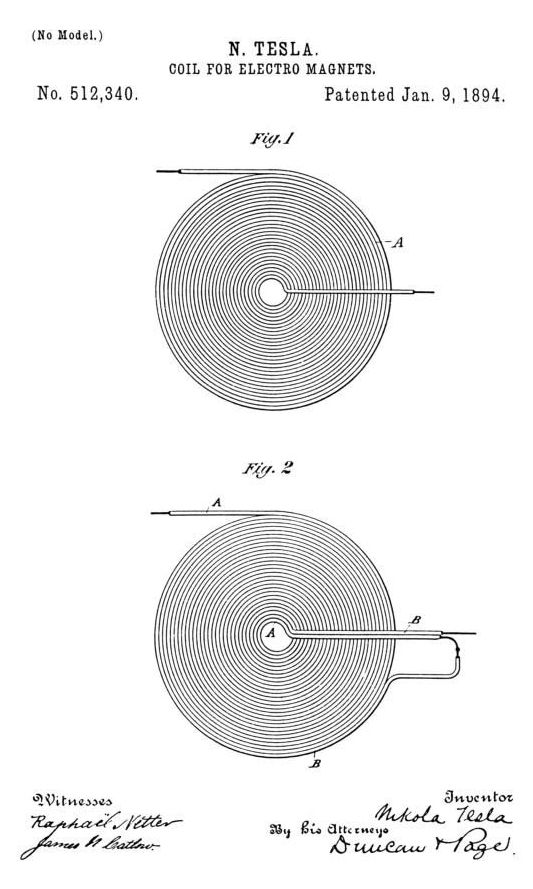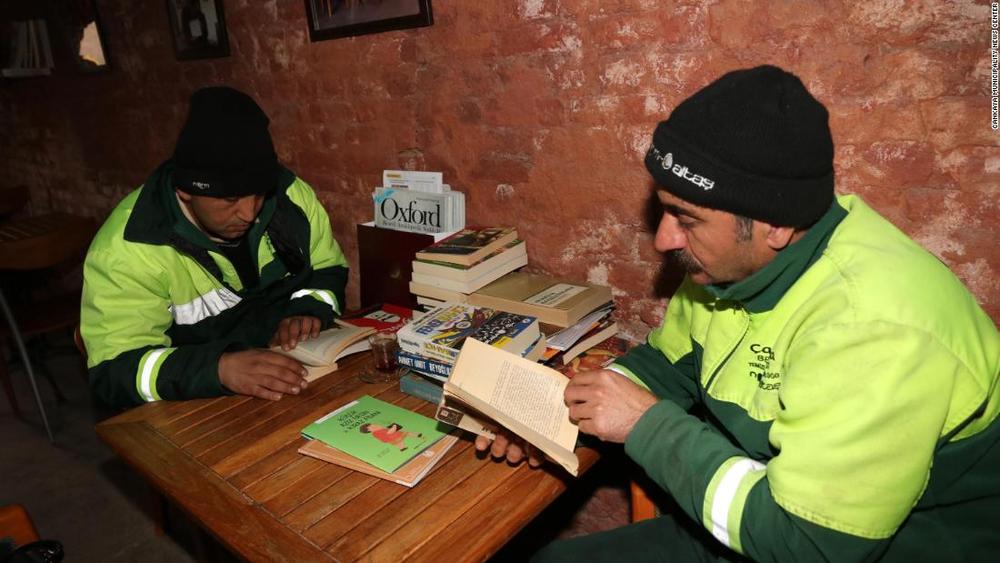When participating in a video call or conference, it is often hard to maintain direct eye contact with other participants, as this requires looking into the camera rather than at the screen. Although most people use video calling services on a regular basis, so far, there has been no widespread solution to this problem.
A team of researchers at Intel has recently developed an eye contact correction model that could help to overcome this nuisance by restoring eye contact in live video chats irrespective of where a device’s camera and display are situated. Unlike previously proposed approaches, this model automatically centers a person’s gaze without the need for inputs specifying the redirection angle or the camera/display/user geometry.
“The main objective of our project is to improve the quality of video conferencing experiences by making it easier to maintain eye contact,” Leo Isikdogan, one of the researchers who carried out the study, told TechXplore. “It is hard to maintain eye contact during a video call because it is not natural to look into the camera during a call. People look at the other person’s image on their display, or sometimes they even look at their own preview image, but not into the camera. With this new eye contact correction feature, users will be able to have a natural face-to-face conversation.”




